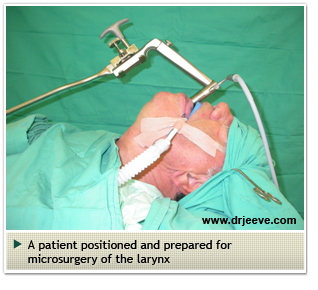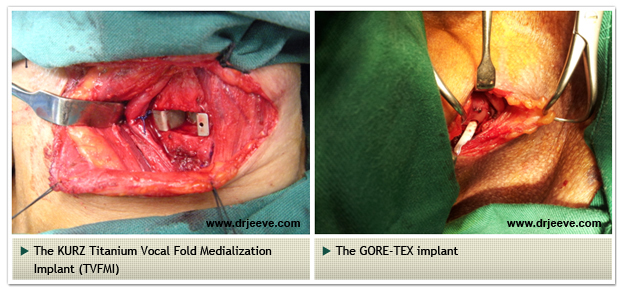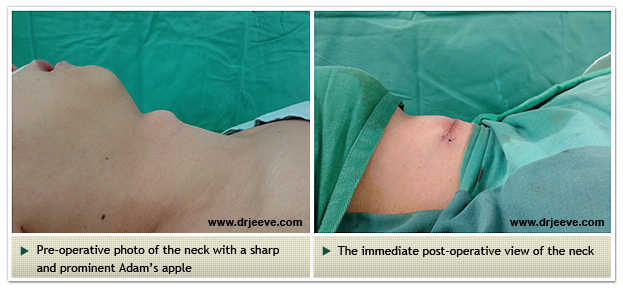

Speech and voice distinguishes us from other mammals. In more developed and less agrarian societies, people no longer use their hands to work but use their voices! The proportion of people in a society like Singapore who rely on their voices to earn a living is high. As such the preservation of speech and voice is important.
Hoarseness is a significant yet underappreciated disability! The symptoms of hoarseness may mean different things to different people.
The following videos are stroboscopy videos of conditions that may lead to hoarseness:

The voice is best evaluated by a method called stroboscopy. In stroboscopy, small structural lesions of the vocal cord become apparent. These may be missed on routine flexible nasoendoscopy. Stroboscopy in Singapore is medisave claimable procedure (procedure code: SC007L, table 1B)
I am passionate about voice and fortunate to have trained in some of the best voice and laryngology centres in the UK and USA. In the UK, I was privileged to work with Dr John Rubin who leads the voice service at the Royal National Throat, Nose and Ear Hospital. I also learnt techniques in laser surgery for the larynx and airway from Professor David Howard and Dr GuriSandhu in London. At Charing Cross Hospital in West London, I worked with Professor Tony Cheesman who pioneered Surgical Voice Restoration for laryngectomised patients and also performed transsexual voice surgery for gender reassignment.
In Singapore, I ran the Voice Clinic in Tan Tock Seng Hospital for several years, and continue to support this service as a Visiting Consultant. In 2011, I was awarded a Government of Singapore grant to pursue a short fellowship at the University of Pittsburgh Medical Center (UPMC) in Care for the Professional Voice.
I strongly believe in multi-disciplinary care for voice patients and work closely with speech therapists to ensure the best outcomes.

The vocal folds are very delicate structures and surgery must be performed with great care and precision. 'Suspension' laryngoscopy allows for good visualization of the larynx with the use of a high magnification surgical microscope. Fine surgical instruments may be passed through the scope to operate on the vocal cords. In some cases, lasers or a shaver (microdebrider) may be used. I routinely employ Carbon Dioxide (CO2) lasers for surgery – particularly in cancer cases. I am also licensed to use the KTP and Diode lasers.
Hoarseness may be due to a paralysis of one of the two vocal cords. There are a variety of causes of vocal cord paralysis or palsy. Thyroid or lung cancers are the more sinister causes. Not infrequently surgery – either thyroid, heart or lung, or skull base surgery – may cause of vocal cord palsy. It is estimated that 13 percent of vocal cord palsies have no known cause.
When a large gap exists between the vocal cords during phonation (glottic insufficiency), the voice will appear 'breathy' and there is a loss of vocal 'stamina'. It is possible to close this gap by pushing the paralysed vocal cord toward the midline, a procedure called medialisationthyroplasty. Thyroplasty can be performed by injecting a material into the vocal cords like a filler. Injection medialisationthyroplasty can be performed either in the clinic under local anaesthesia or under general anaesthesia in the operating room. I normally use hyaluronic acid (Restylane) as the injectable material.
For larger glottic gaps, I usually perform an external medialisationthyroplasty with either GORE-TEX or a titanium implant (KURZ). This is performed with the patient awake or under mild sedation in the operating room. An incision in the neck is necessary but this heals well.

I have a special expertise in voice feminization surgery and thyroid chondroplasty (shaving the Adam's apple) as a result of working with Professor Tony Cheesman in Charing Cross Hospital, London, which houses the largest gender reassignment clinic within the National Health Service in the UK. Gender reassignment surgery has made remarkable advances over recent years. Transsexuals however find that their voice and appearance of a prominent Adam's apple pose a problem.
To elevate the voice pitch, I employ either anterior vocal fold scarification techniques or Cricothyroid Approximation and Subluxation (as described in my paper in the journal Laryngoscope).
